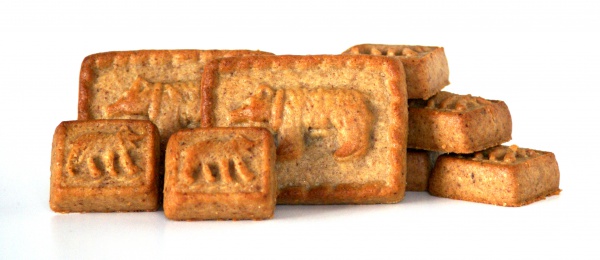Facts About Berner Haselnusslebkuchen
Berner Haselnusslebkuchen are delightful Christmas confections from Berne, Switzerland, made primarily from ground hazelnuts. They differentiate significantly from another local favorite, Berner Honiglebkuchen. Crafted using roasted and ground hazelnuts, ground almonds, sugar, honey, cinnamon, candied lemon and orange peel, and egg whites, these cakes stand out for their unique ingredients. Thanks to the natural oils in hazelnuts, there's no need for water or flour to bind the mixture.
The preparation involves rolling out the hazelnut mixture and cutting it into festive shapes like bears or Santa Claus. After cutting, the shapes are dried and then baked to perfection. A well-made Haselnusslebkuchen features a crunchy exterior and a moist interior, often adorned with icing or nuts for additional decoration.
Historically, a similar flour-based treat was mentioned in the 1835 "Neues Berner Kochbuch." Throughout the 19th and early 20th centuries, recipes for Haselnussleckerli or Bernerläckerli gained popularity, typically made in smaller Leckerli forms. It wasn't until the latter half of the 20th century that larger rectangular forms became common, with the name Haselnusslebkuchen first appearing in a 1946 baker's manual.
These cakes were considered luxurious due to the expensive ingredients like hazelnuts and sugar, making them special holiday gifts rather than everyday snacks. Traditionally, bakers in the canton of Berne whip up these treats during December. However, in Berne, they are available year-round, thanks to the steady demand from tourists.

 Austria
Austria